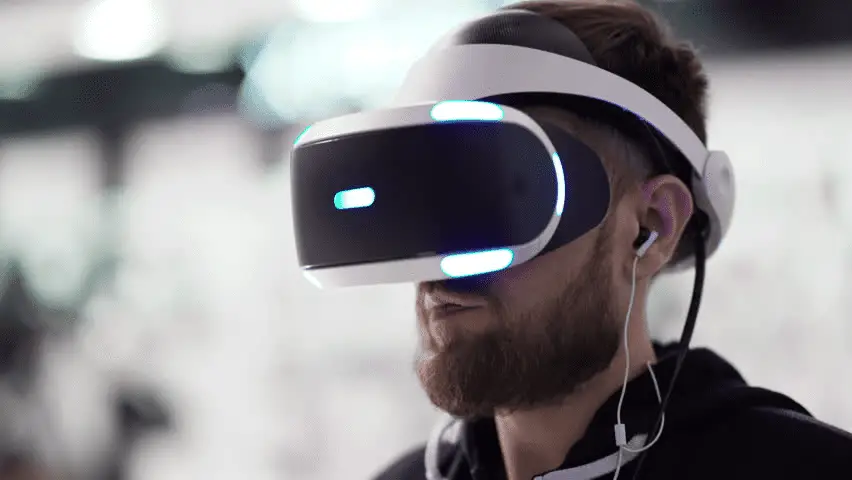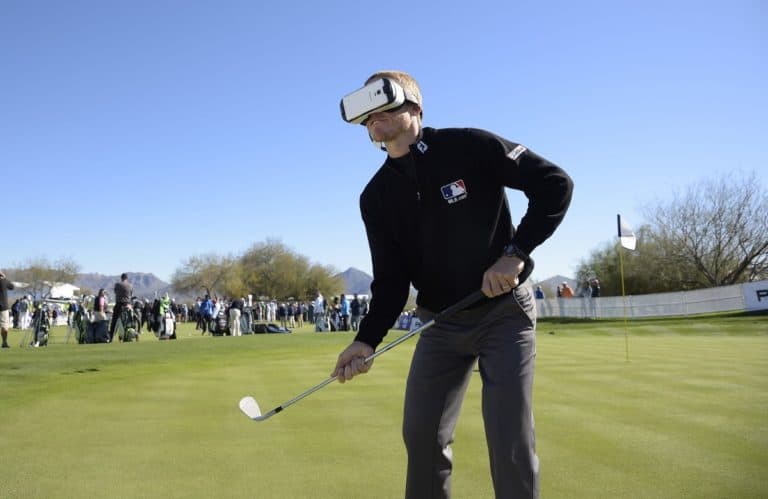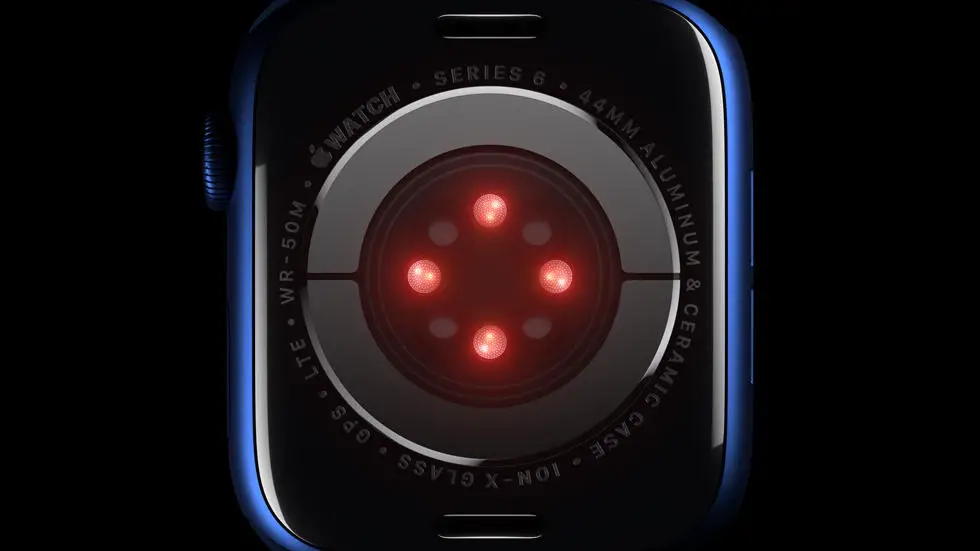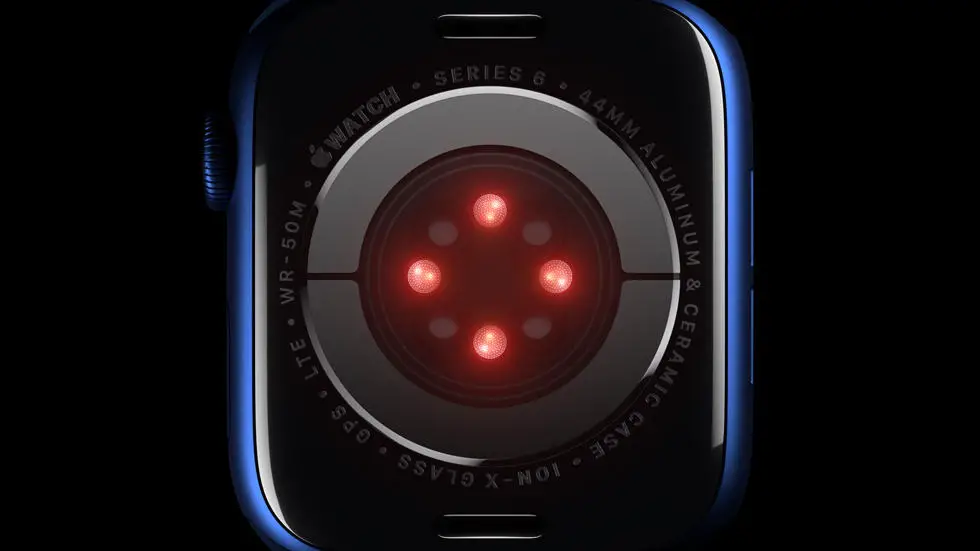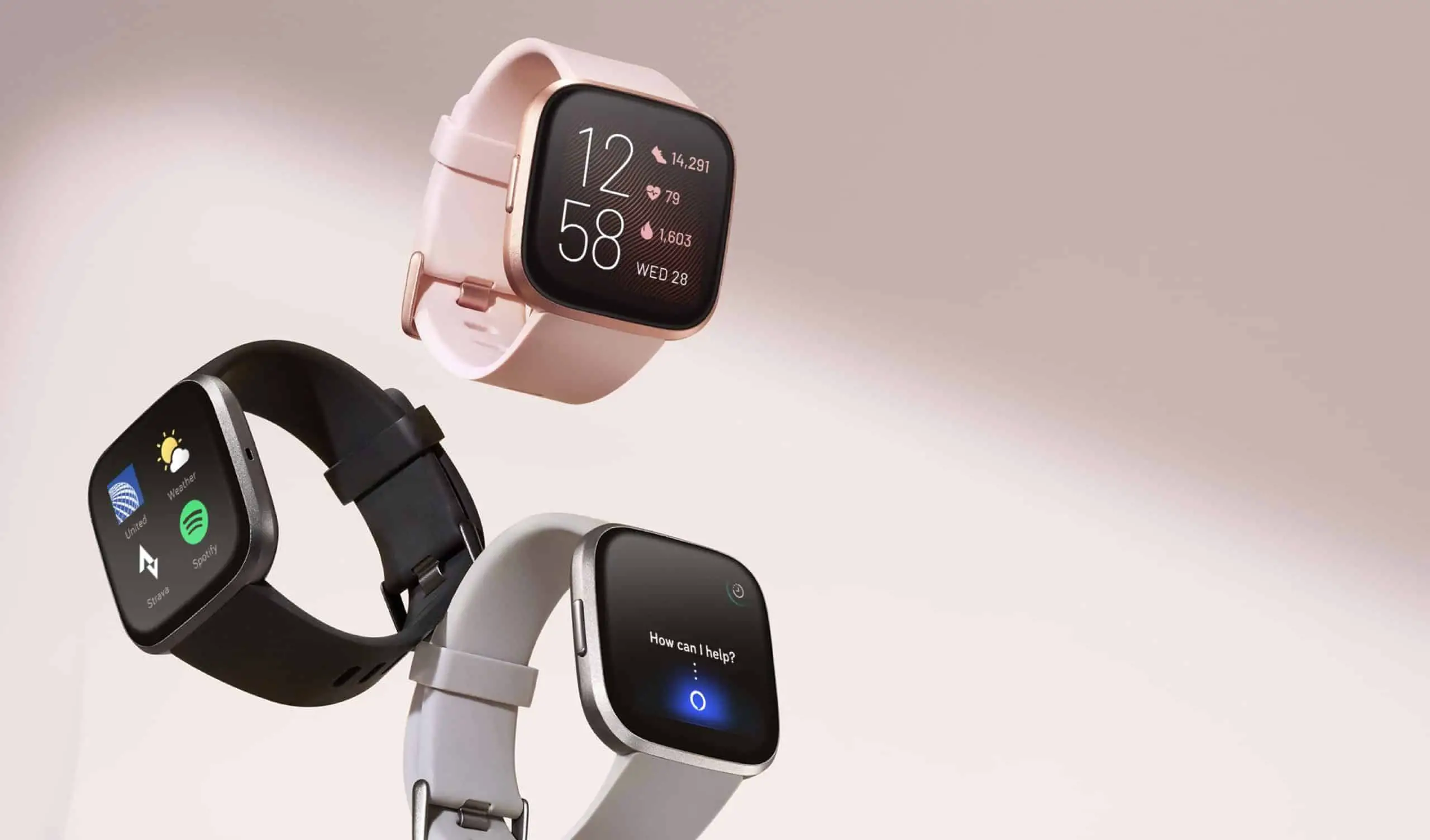Are virtual reality headsets dangerous? Well, Virtual reality headsets inflict the most harm to children’s growing brains. Because children are not as reflexive as adults, they may fail to disclose any eye discomfort when using the headset.
Neurons related to spatial cognition behaved radically differently in a virtual environment than in a real one. “Shutting off” more than half of the brain’s neurons in virtual environments refers to. While this is only true for rats, we do not yet know what effect virtual reality (VR) can have on people owing to a lack of evidence.
Virtual reality headsets need the mobile device to practically push against the user’s face, with sensors strong enough to persuade your brain that anything you see is real. This fact demonstrates that this is an unnatural phenomenon that we should not be subject to daily.
VR Health Risks
As promising new technologies, virtual reality (VR) and augmented reality (AR) is growing rapidly. They can broaden the scope of human knowledge by altering how individuals study, work, play, and enjoy themselves.
High-tech VR and AR headsets are appearing everywhere, from the costly ones from Samsung, Google, and Facebook to the low-cost cardboard headsets. Surprisingly, there hasn’t been much talk on the health and safety hazards of wearing a VR headgear over your eyes.
While immersed in a fantasy world, there are potential health risks for both physical and mental well-being. Here are a few examples:
1. Anxiety
After wearing a full occlusion Virtual reality headset for more than a few minutes, the immersive quality of virtual and augmented reality might cause tension or anxiety.
Virtual reality provokes many emotions than just seeing images or watching videos. For example, virtual reality imagery of the Syrian conflict might make viewers feel scared, anxious, and astonished.
It may take some time to overcome this nervousness since viewers perceive everything as if they are there in the scenario.
2. Seizure
Those with a history of epilepsy should avoid using any Virtual Reality headset. Seizures may occur when a sequence of black and white lights flashes at regular intervals.
A healthy individual is unlikely to have a seizure. Only one out of every 4000 persons will experience a seizure from utilizing VR. This estimate reflects the chance of a seizure in someone who has never had one.
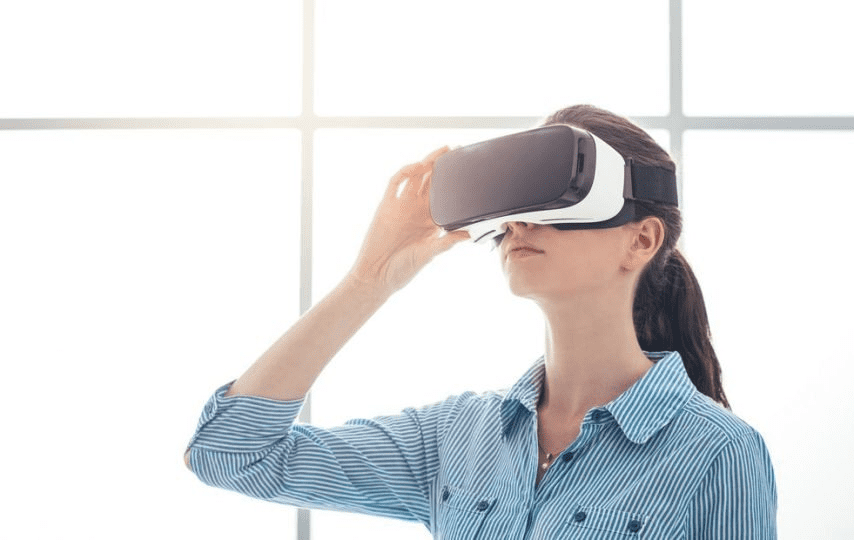
3. Nausea
Some users of virtual reality headsets report dizziness and nausea. A person’s perception of time and space may be altered, as well as causing fatigue, nausea, and wooziness as a result of its exact simulated motions.
Virtual reality has detrimental side effects in lab rats, including “cybersickness” and aberrant activity patterns in rat brains. Sixty percent of the rats’ neurons just shut off in VR.
To prevent nausea, users should take regular breaks from virtual reality. They may change the headset fittings, tighten or relax the straps, and set the focus distance or eye distance.
4. Eye Strain
Consumers using virtual reality headsets may experience significant eye strain. They strain their eyes to see a pixelated screen with a single refractive optic element. Headsets often do not solve the ocular difficulties associated with near-to-eye devices, and they rapidly become unpleasant after a few minutes.
Headset designers must figure out how to keep the users’ field of vision (FoV) as big as possible. Humans have a 200-degree field of view, which includes 140 degrees of binocular vision for depth perception and 60 degrees for peripheral vision.
Today’s Virtual reality headsets have a 35-degree field of view, giving the user the impression that they are just “viewing” the video. Increasing it to 60 degrees FoV or more may make viewers feel entirely involved in the exhibited material, transforming it into an immersive experience.
Headsets should replicate human vision to give the optimum viewing experience for both 2D and 3D material. A headset’s “accommodation/convergence problem” must be resolved to decrease eye strain.
5. Dizziness And Motion Sickness
Viewing a motion-related picture provides the brain with the same visual information that it gets during real physical motion. As a result, using Virtual reality headsets might cause dizziness. If you get motion sickness on a rollercoaster or a boat, you’ll probably have virtual motion sickness as well.
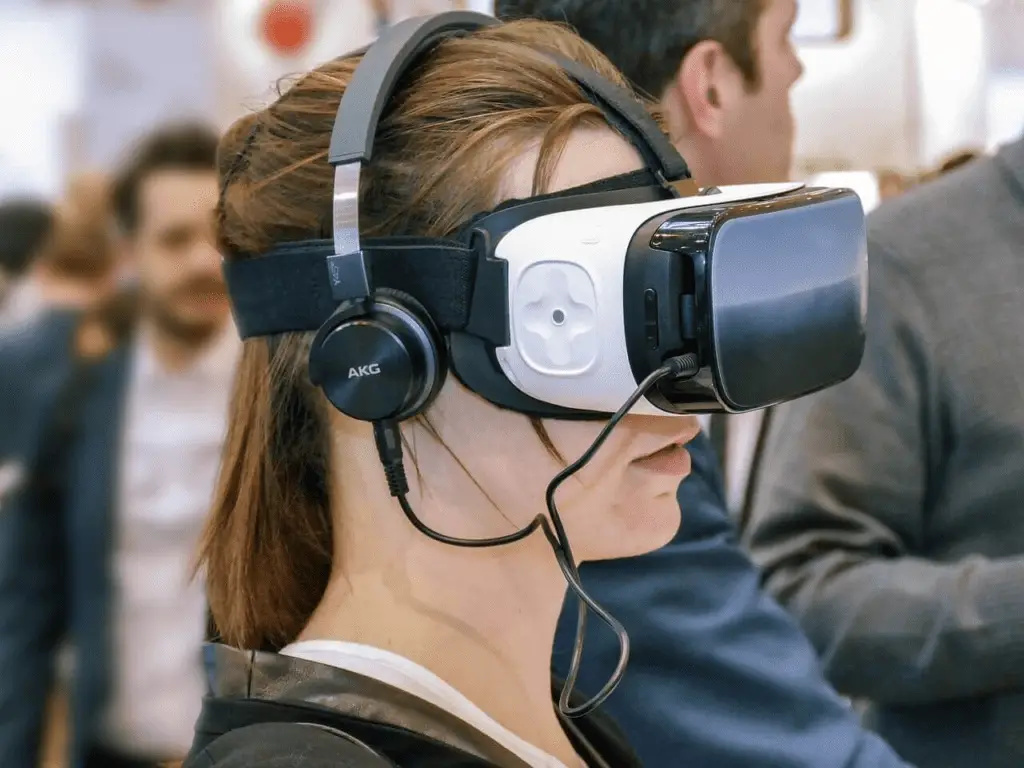
6. Radiation Exposure
Wearable technology, such as virtual reality headsets, may expose the consumer to dangerous electromagnetic frequency radiation. These gadgets link to your smartphone or computer through wireless connections such as Bluetooth or WiFi and equip with clever sensors that enable you to immerse yourself in the VR experience.
Smartphones produce radiation, which is used in specific virtual reality headsets. Mobile phone radiation may harm the human reproductive system, impair sleep, and induce mood swings. Now that VR headgear can wirelessly connect to WiFi and work with smartphones, they too emit radiation and may create long-term health issues.
The WHO considers mobile phones to be potentially toxic. Radiation exposure rises with device exposure. Radiation exposure rises with device exposure. This discovery makes wearables even more concerning, considering that they expressly mean to wear continually close to the body.
What Effect Does VR Have On Children?
Those who are parents would always want to offer their children the best possible environment in which to grow up. The majority of the time, however, this is not the case – anybody who has ever played an online rated R multiplayer game knows that far too many ‘kids’ shouldn’t be playing them in the first place.
Understanding VR Age Restrictions
Virtual reality headset makers have come up with their age limitations. Both the Oculus Rift and Samsung’s Gear Virtual reality headsets do not recommend for children under 13. Sony has the youngest allowance, requiring that applicants be 12 years old or older to apply.
Notably, HTC Vive has stated that its helmet should not be used by anybody under the age of 18. Furthermore, they argue that children under five should not be authorized to use headphones.

The Adolescent Brain And VR
You may be surprised to find that there is no uniform standard for virtual reality headgear and that there are age restrictions for adolescents. Unfortunately, there isn’t enough study on teenage brains to make any clear conclusions.
Consequently, here we are, confused, in the grey zone. We know that young brains are far more neuroplastic than older brains and that they develop in specific ways depending on internal variables like inheritance, as well as external influences such as diet, environment, exercise, learning, and other factors.
A more thorough investigation of the long-term implications would lead to more exact conclusions. To avoid overindulging tiny customers in the meantime, we should focus our efforts on preventing this from happening.
Conclusion
Virtual reality is fast expanding, and with more goods and applications entering the market, the only way is up. While it’s wonderful that more and more people are allowing VR into their homes, we must be careful. As humans, we grow too reliant on things that provide us with comfort and pleasure.
This dependence may sometimes go out of control and develop into addictions. To avoid this, we must be aware of the possible implications for our bodily and mental health.
The instruments at our disposal will only get more powerful in the future. To avoid imminent dangers, we must be aware and follow a core worldview. Remember to think critically and with the finest of intentions.
Nothing in our lives is going to rival the complexity and enjoyment of the actual world, so remember to get out there and enjoy the sun regularly.

